
Healthcare
Technology for a healthier world
With access to an unmatched set of tools, resources and complementary expertise, Michigan Engineers are at the forefront of healthcare innovation. The College of Engineering is a keystone in U-M’s dynamic healthcare R&D ecosystem that not only spurs new ideas but also turns them into solutions that shape a healthier future.
U-M is one of very few U.S. universities with top-ranked schools of engineering and medicine on the same campus. Add to that a highly-rated hospital and patient-care system in Michigan Medicine, and a national leader of a technology transfer office, Innovation Partnerships. It’s no wonder we’re the birthplace of breakthroughs like a non-invasive ultrasound-based cancer treatment, a mind-controlled prosthetic hand that offers unprecedented control, and nanoparticles that can reprogram the immune system, among countless others over the past century.
Engineers launched
40+
health-related startups
since 2010
Our engineering advancements span from ultra-precise nanotechnology treatments and neural engineering, to paradigm-shifting medical devices and instruments, up to smart health system optimization, AI integration and beyond—all with the goal of keeping people healthy.
Anchored by the Joint Department of Biomedical Engineering we share with the U-M Medical School, faculty in nearly every one of our 13 engineering departments are working to understand or improve human health, and to educate the next generation of health innovators. Our network of interdisciplinary centers and institutes fosters community and resources to accelerate answers. As one example, through the AI & Digital Health initiative, we’ve established a secure, HIPAA-aligned computing environment with de-identified information on more than 5 million patients and an extensive genomics dataset.
Top 10
Biomedical engineering
Computer science
Electrical engineering
Industrial engineering
Materials science
Mechanical engineering
Medical school & hospital
Nuclear engineering

Turning health research inside-out: A Q&A with Joerg Lahann
The director of the Biointerfaces Institute discusses how its unique structure drives innovation.
Advancing critical health technologies

AI and digital health
Building tools to harness data and computation for discovery and treatment
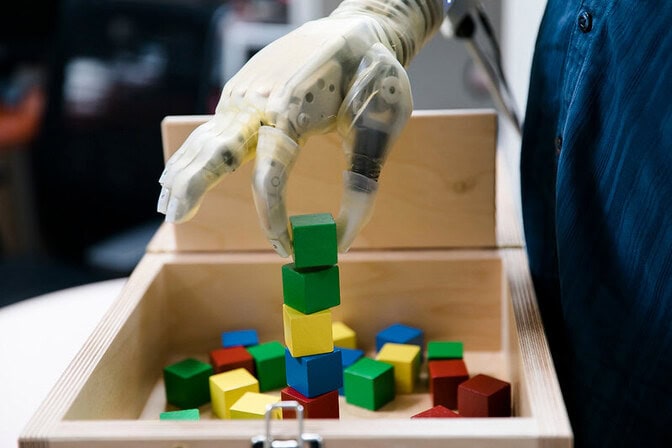
Neural engineering
Innovating interfaces to reveal or restore brain and nervous system function
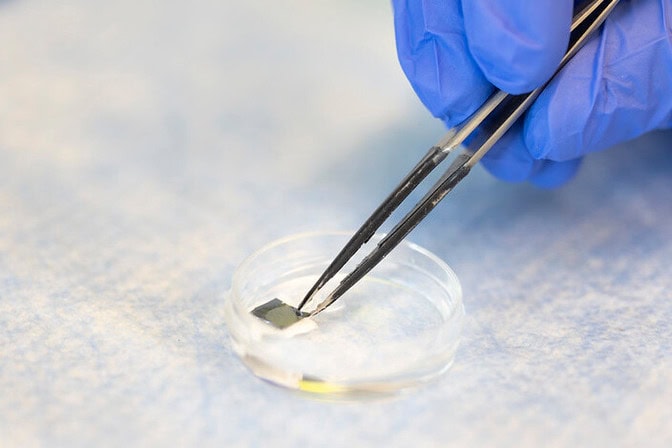
Micro- and nanotechnology
Developing treatments, diagnostic- and research platforms at cellular scales
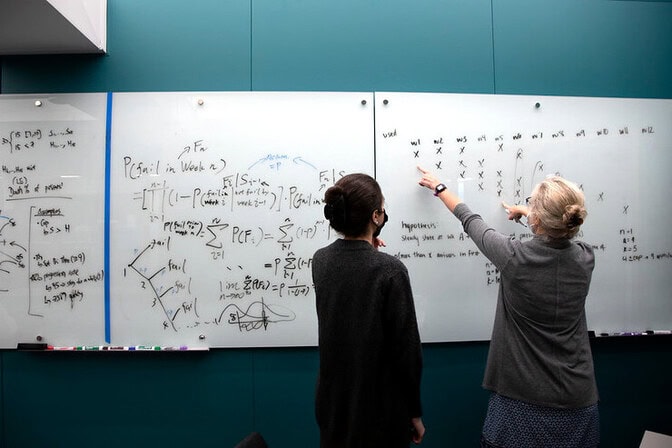
Health system optimization
Using operations engineering to improve medical processes and organizations
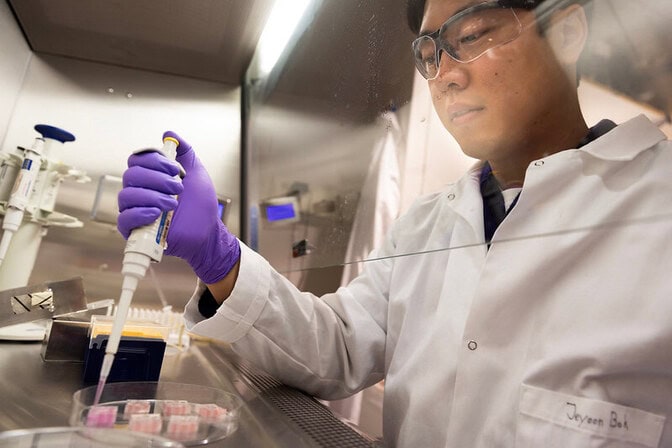
Tissue and immune engineering
Designing materials and therapies to repair damage or reveal disease processes
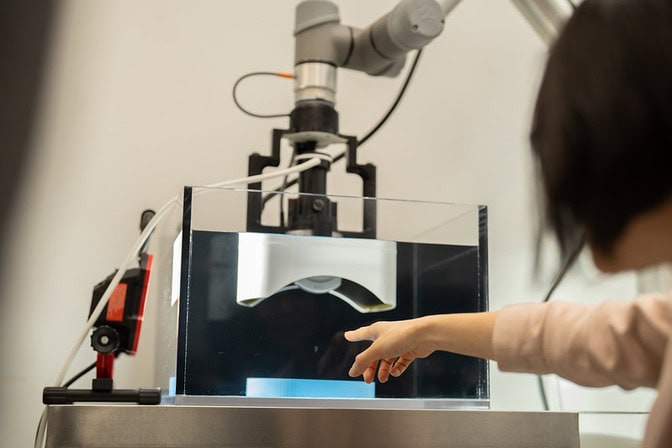
Medical devices & instruments
Transforming treatment platforms, surgical tools, implantable- and wearable systems
In the News
Newsweek
July 29, 2025
Test could let you check for deadly cancer at home
HPC Live
June 13, 2025
AI tool shows promise for antimicrobial stewardship, C. diff prevention in hospitals
Fast Company
March 18, 2025
Most innovative companies: How HistoSonics liquefies liver tumors with ultrasound waves
New Atlas
July 10, 2024
‘Air curtain’ hard hat works like an invisible face mask
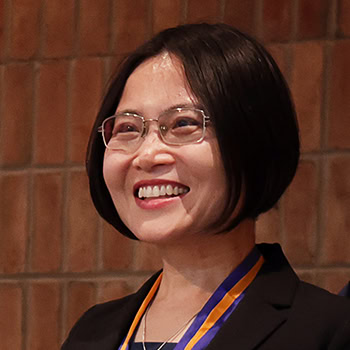
Histotripsy revolutionizes cancer treatment
The inventor of a non-invasive tumor-destroying technology explains how it works.
A legacy of health innovation
The roots of Michigan Engineering’s leadership in health-related research stretch back to 1869, when the U-M regents approved plans for the nation’s first university-owned-and-operated hospital. It ushered in a new era, paving the way for engineers and doctors to work together. Read more about the U-M Medical School’s history.
That partnership was well established by the mid-20th century, when faculty from engineering and medicine collaborated on joint project like nuclear imaging, prosthetics and signal processing in neurons.
Those efforts led to the establishment of one of the nation’s first biomedical engineering programs in 1962. Some of the program’s early innovations included one of the first ball-in-socket replacement knees, new life support systems for infants with acute respiratory failure, and the “Michigan Probe,” a multi-channel neural probe that’s still widely used in brain research. Biomedical engineering became a joint department of the College of Engineering and the U-M Medical School in 2012.
Today, as breakthroughs increasingly happen between disciplines rather than within them, and AI and computing are redefining health research, Michigan Engineers continue to find new ways to collaborate.
In oncology, immunology, cardiology, public health and across the spectrum of medicine, Michigan Engineers are part of a system that, for more than two centuries, has been among the world’s great engines of medical innovation.
1st
First university owned and operated hospital in the nation
Facilities, institutes and programs
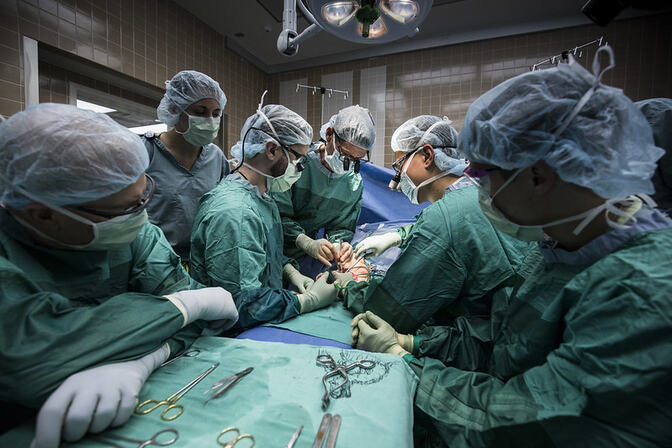
University of Michigan Medical School
A leading U.S. medical school, with 20 clinical and nine basic science departments.
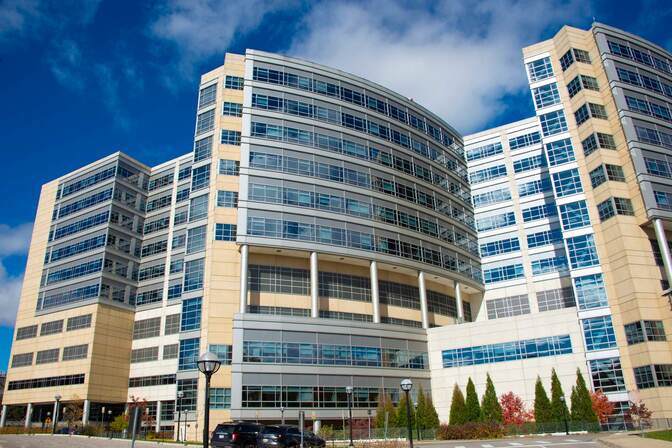
Michigan Medicine
No 1-ranked hospital in the state and one of the top in the nation, with leading patient-focused research spaces.
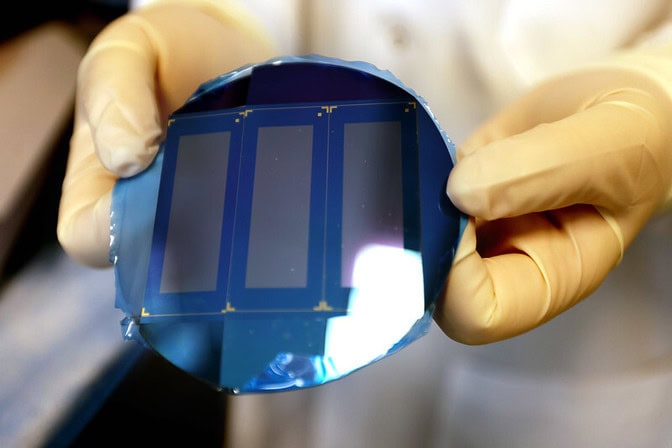
Biointerfaces Institute
Houses researchers from engineering, dentistry, medicine and pharmacy to work at the junction of life- and physical sciences, filing 300 invention disclosures since 2012.

e-HAIL: E-Health and Artificial Intelligence
Facilitating collaboration, grant development, and infrastructure to support a multi-disciplinary approach.

North Campus Research Complex
2.1M sq. ft. of office, research, and manufacturing space in a former Pfizer facility, enabling boundary-crossing translational research.
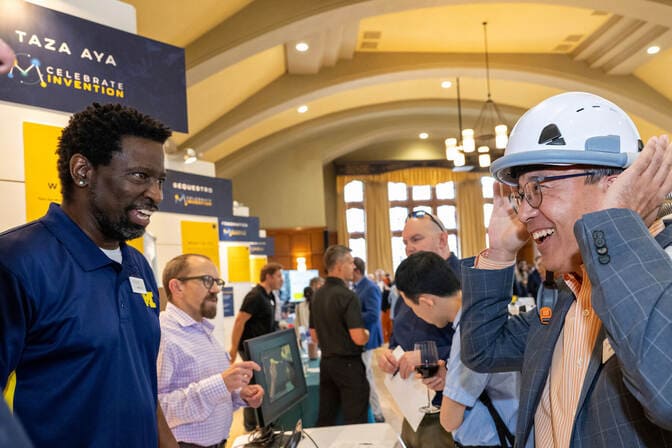
Innovation Partnerships
U-M’s technology transfer organization, which is consistently one of the most prolific in the U.S.
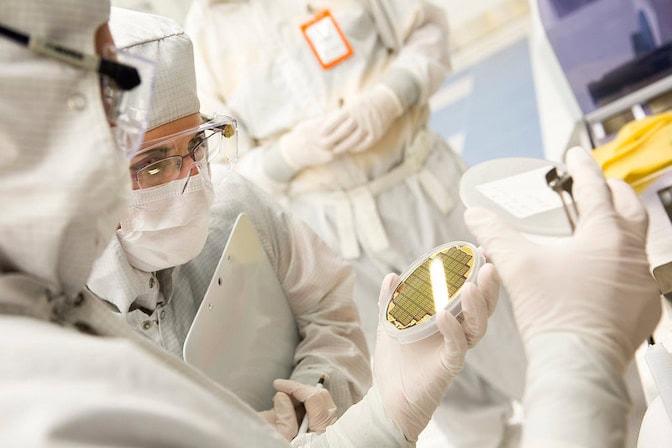
Lurie Nanofabrication Facility
A world-class cleanroom for prototyping advanced semiconductor devices, including implantable medical devices and sensors.

Coulter Translational Research Partnership
This $20M endowment provides funding, mentorship and other support to help promising biomedical engineering projects move from from the lab to clinical care.
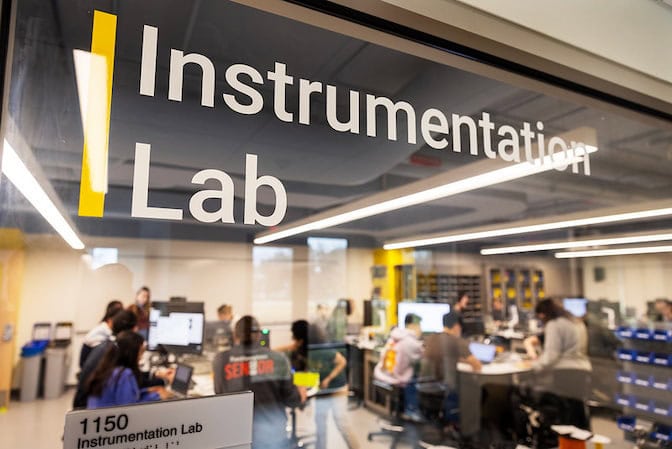
Biomedical Engineering Design Spaces
Enables prototyping, fabrication, and testing to promote experiential learning.

Functional MRI Laboratory
Supports research on the structures and functions of the brain that underlie cognitive and affective processes.
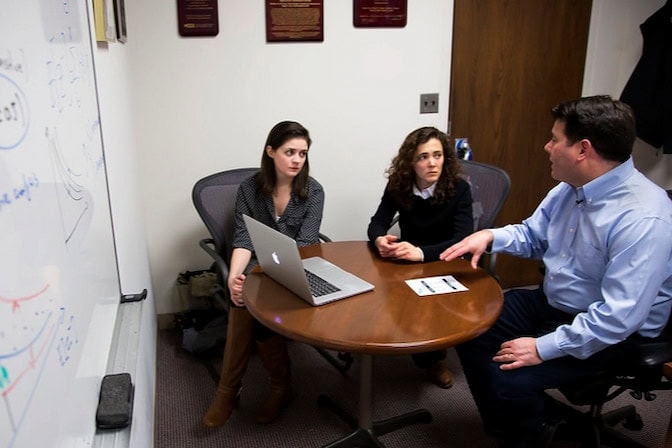
Institute for Healthcare Policy and Innovation
With 800+ faculty across 15 U-M schools and colleges, it’s the nation’s largest university-based community of its kind.
Real-world impact through startups
Critical contributions
These major breakthroughs, partnerships and events have set the stage for ongoing success in healthcare at Michigan.








